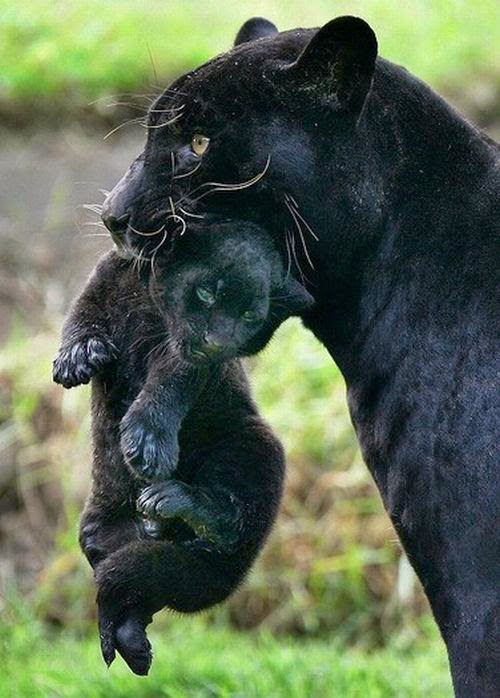The cycle of life for the woman is the baby, girl, woman, and grandmother. These are the four directions of life. She has been given by natural laws, the ability to reproduce life. The most sacred of all things is life. Therefore, all men should treat her with dignity and respect. Never was it our way to harm her mentally or physically. Indian men were never abusers. We always treated our women with respect and understanding. So from now on:
I will treat women in a sacred manner. The Creator gave women the responsibility for bringing new life into the world. Life is sacred, so I will look upon the women in a sacred manner.
In our traditional ways, the woman is the foundation of the family. I will work with her to create a home atmosphere of respect, security and harmony.
I will refrain from any form of emotional or physical abuse. If I have these feelings, I will talk to the Creator for guidance.
I will treat all women as if they were my own female relatives. This is my vow. -
Native American Elders
2- Treat every woman from the tiniest child to the oldest one with respect at all times. Always treat a woman with honor and consideration.
3- The Old Ones say the Native American women will lead the healing among the tribes. Inside them are the powers of love and strength given by the Moon and the Earth. When everyone else gives up, it is the women who sings the songs of strength. She is the backbone of the people. So, to our women we say, sing your songs of strength; pray for your special powers; keep our people strong; be respectful, gentle, and modest.
-Village Wise Man, Lakota
4- The honor of the people lies in the moccasin tracks of the woman.
5- "A people is not defeated until the hearts of its women are on the ground."– Cheyenne saying
6- "Always do what your mother asks!"
7- The Elders say the men should look at women in a sacred way. The men should never put women down or shame them in any way. When we have problems, we should seek their counsel. We should share with them openly. A woman has intuitive thought. She has access to another system of knowledge that few men develop. She can help us understand. We must treat her in a good way.
8- A spear is a big responsibility.
I am one with the Earth.
All around me my land is beauty.
Navajo (Dine) Chants
9- A man who looks first to a woman's outer beauty will never know her beauty divine, for there is dust upon his eyes and he is blind. But a man who sees in a woman the spirit of the Great One and sees her beauty first in spirit and truth, that man will know "Divinity" in that woman. - White Buffalo Calf Woman
10- All women in the world are like the different colored flowers of one meadow. All are beautiful. As children of the Creator, giver of life and source of all human life they must all be respected.
11- The hurt of one woman is the hurt of all women, the honor of one woman is the honor of all women. Show honor and esteem for all women! Consider and treat them with deference or courtesy



















































